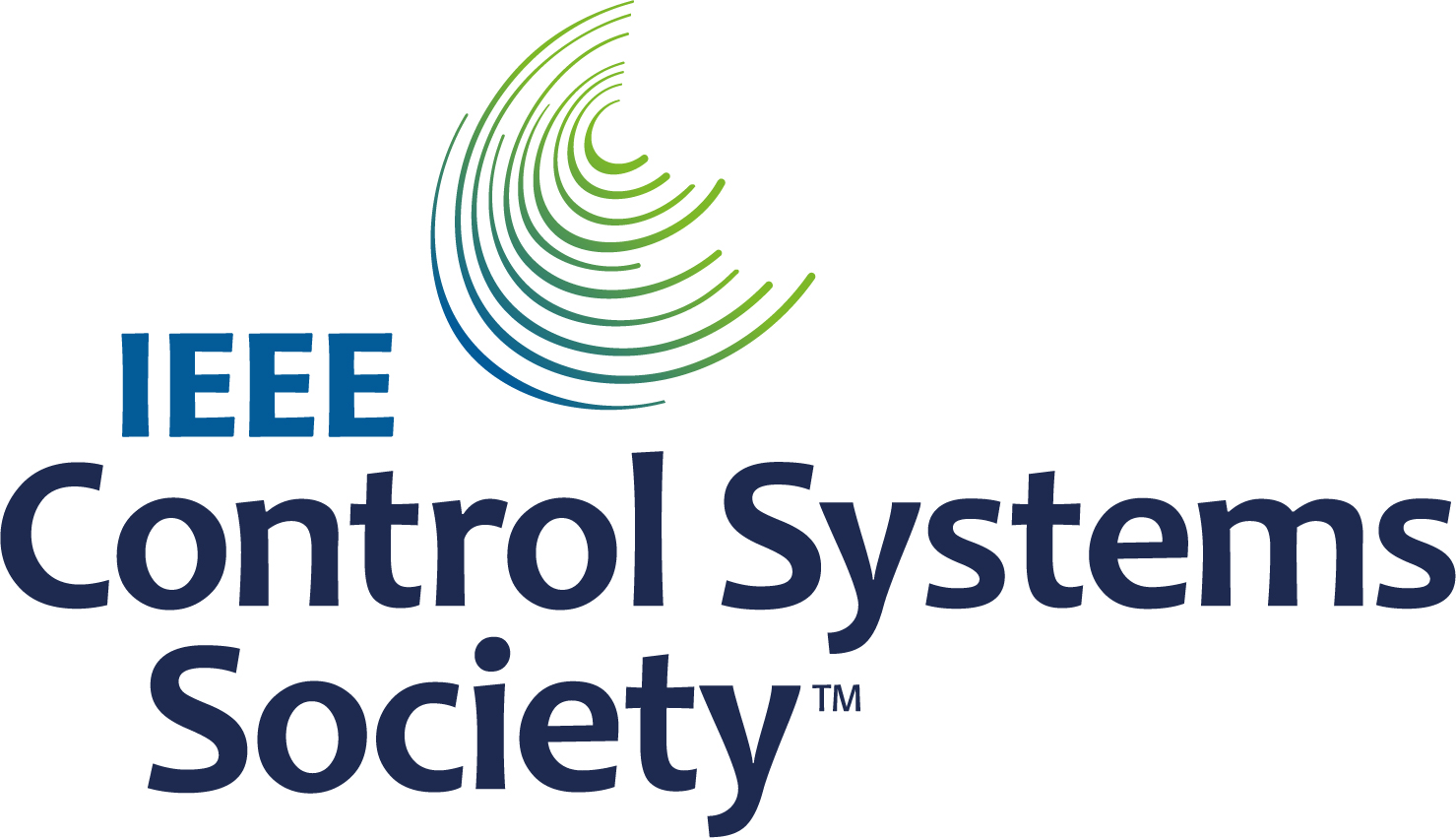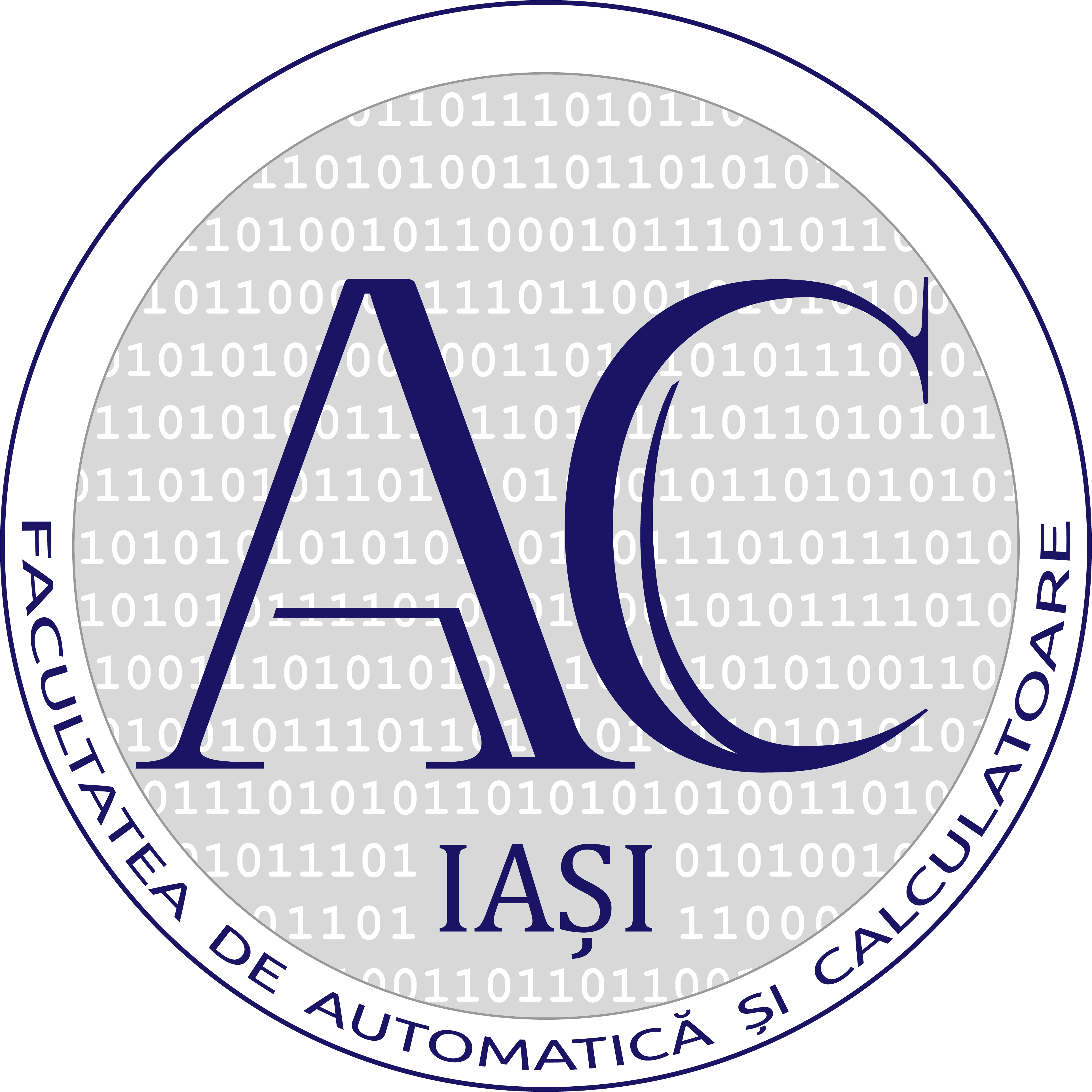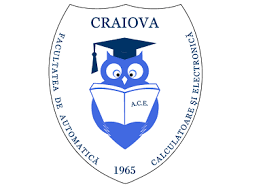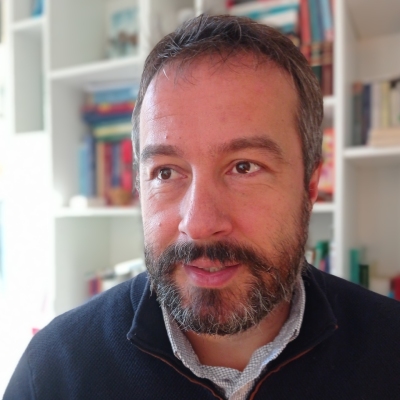 Sorin Olaru is a Professor at CentraleSupélec in France where he holds the RTE Chair on "The Digital Transformation of Electricity Networks" . He is also member of the CNRS Laboratory of Signals and Systems within the Paris-Saclay University. His research interests encompass optimization-based control design, set-theoretic characterization of constrained dynamical systems and the numerical methods with specific applications in congestion control of energy networks or autonomous driving. He is currently involved in international research projects related to embedded predictive control, fault tolerant control and network control (time-delay) systems.
Sorin Olaru is a Professor at CentraleSupélec in France where he holds the RTE Chair on "The Digital Transformation of Electricity Networks" . He is also member of the CNRS Laboratory of Signals and Systems within the Paris-Saclay University. His research interests encompass optimization-based control design, set-theoretic characterization of constrained dynamical systems and the numerical methods with specific applications in congestion control of energy networks or autonomous driving. He is currently involved in international research projects related to embedded predictive control, fault tolerant control and network control (time-delay) systems.
Talk title: Convex liftings in control design. Connections with inverse optimality and path planning
Convex liftings (and their dual projection operations) emerged recently as an attractive framework to handle complex nonlinear decision problems. It has been investigated in the last ten years in relationship with inverse parametric linear/quadratic programming and then extended to several related topics. In the first studies, the aim was to construct an appropriate optimization problem composed of a set of linear constraints and a cost function such that the optimal solution to such a problem is equivalent to the given piecewise affine function defined over a polyhedral partition. The present talk introduces the constructive procedure established to address this problem. As a first geometrical result, an algorithm to construct convex liftings of a given convexly liftable cell complex will be put forward. Pursuing this idea, an important result will be presented: any continuous piecewise affine function defined over a polyhedral partition is the solution of a parametric linear/quadratic programming problem which can be numerically constructed. Furthermore, this convex lifting based method requires at most one supplementary dimension. This structural result has interesting connections to control design: in constrained linear model predictive control (MPC) where it can be shown that any continuous piecewise affine control law can be obtained via a reformulated linear MPC problem with the control horizon at most equal to two prediction steps; in the evaluation of PWA controllers through a fast positioning mechanism; in obstacle avoidance problems to generate feasible corridors for navigation.
 Jacquelien M.A. Scherpen received her M.Sc. and Ph.D. degree in Applied Mathematics from the University of Twente, The Netherlands, in 1990 and 1994, respectively in the field of Systems and Control. Her thesis was entitled: "Balancing for nonlinear systems". From 1994 to 2006 she was at Delft University of Technology, The Netherlands. First, she was a post-doc both in the Circuits and Systems and Control Engineering groups of Electrical Engineering, followed by an assistant (1995) and associate (1999) professorship in the Control Engineering group. In 2003 the group merged into the Delft Center for Systems and Control of Delft University of Technology, The Netherlands. Since September 2006 she holds a professor position at the University of Groningen in the Engineering and Technology institute Groningen (ENTEG) at the faculty of Science and Engineering. From 2013-2019, she was research director of ENTEG. She is member of the Jan C. Willems Center for Systems and Control of the faculty of Science and Engineering. Since 2016 she is also director of the Groningen Engineering Center, the Center that unites all engineering related research and teaching at the University of Groningen.
Jacquelien M.A. Scherpen received her M.Sc. and Ph.D. degree in Applied Mathematics from the University of Twente, The Netherlands, in 1990 and 1994, respectively in the field of Systems and Control. Her thesis was entitled: "Balancing for nonlinear systems". From 1994 to 2006 she was at Delft University of Technology, The Netherlands. First, she was a post-doc both in the Circuits and Systems and Control Engineering groups of Electrical Engineering, followed by an assistant (1995) and associate (1999) professorship in the Control Engineering group. In 2003 the group merged into the Delft Center for Systems and Control of Delft University of Technology, The Netherlands. Since September 2006 she holds a professor position at the University of Groningen in the Engineering and Technology institute Groningen (ENTEG) at the faculty of Science and Engineering. From 2013-2019, she was research director of ENTEG. She is member of the Jan C. Willems Center for Systems and Control of the faculty of Science and Engineering. Since 2016 she is also director of the Groningen Engineering Center, the Center that unites all engineering related research and teaching at the University of Groningen.
Talk title: Extended (differential) balancing for model reduction of linear and nonlinear dynamical systems
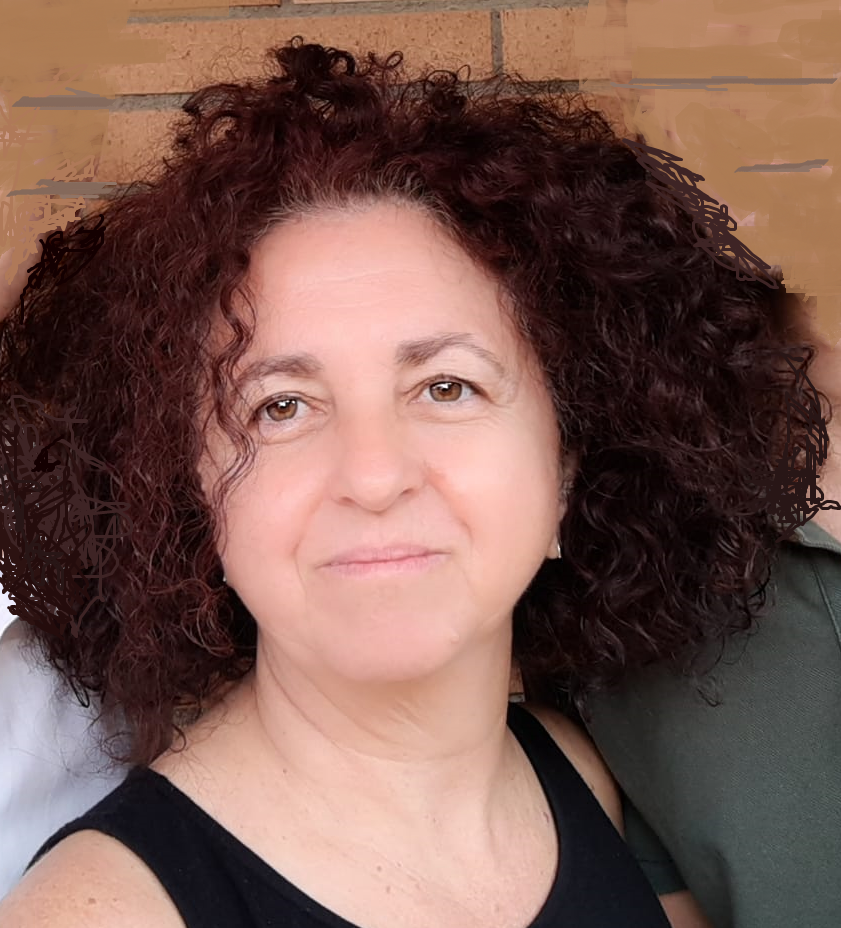 Maria Vanrell is Full Professor at the Computer Science Department of the Universitat Autònoma de Barcelona (UAB). She graduated in Computer Engineering in 1990 and received a Ph.D. from the same university in 1996. She is currently attached to the Computer Vision Centre where she created the Color in Context research group and is head of projects. Her main publications are essentially addressed to Color in Computer Vision with some focus on bio-inspired considerations for computational color models. Main contributions are in the problems of predicting color saliency, naming, texture, induction, constancy, segmentation, recognition and decomposition in intrinsic components from a single image. Currently, she is the director of the Master in Computer Vision at Barcelona that is held between 4 different universities.
Maria Vanrell is Full Professor at the Computer Science Department of the Universitat Autònoma de Barcelona (UAB). She graduated in Computer Engineering in 1990 and received a Ph.D. from the same university in 1996. She is currently attached to the Computer Vision Centre where she created the Color in Context research group and is head of projects. Her main publications are essentially addressed to Color in Computer Vision with some focus on bio-inspired considerations for computational color models. Main contributions are in the problems of predicting color saliency, naming, texture, induction, constancy, segmentation, recognition and decomposition in intrinsic components from a single image. Currently, she is the director of the Master in Computer Vision at Barcelona that is held between 4 different universities.
She has been teaching in Artificial Intelligence and Computer Vision at UAB, in 2015 she participated in the creation of a Coursera MOOC Course on Object detection. She has been Vice-president and Vocal of the AERFAI committee, from 2008-16, which is the Spanish IAPR section, she also served as organizing co-chair for ICPR 2000. Currently, she is Vice-president of the IS&T, the Society for Imaging Science and Technology that organizes the Color Imaging Conference, where she has served as General chair in 2020 as well as program co-chair and Workshop co-chair in previous editions.
Talk title: Exploring internal representations in trained Convolutional Neural Networks for Computer Vision
Explaining how deep-learning based architectures achieve significant performances in solving the tasks they have been trained for is an open topic in the Artificial Intelligence community. In this talk we will show our recent results on the exploration of the internal representation of Convolutional Neural Networks. Our principal focus has been understanding the behaviour of single units at different levels of the architecture to infer how the final generalization is achieved. In particular we show the results of a study case on how color is internally represented for an Object Recognition task. We will also show some parallelisms of these findings in artificial networks with some known evidences of the human visual system.






